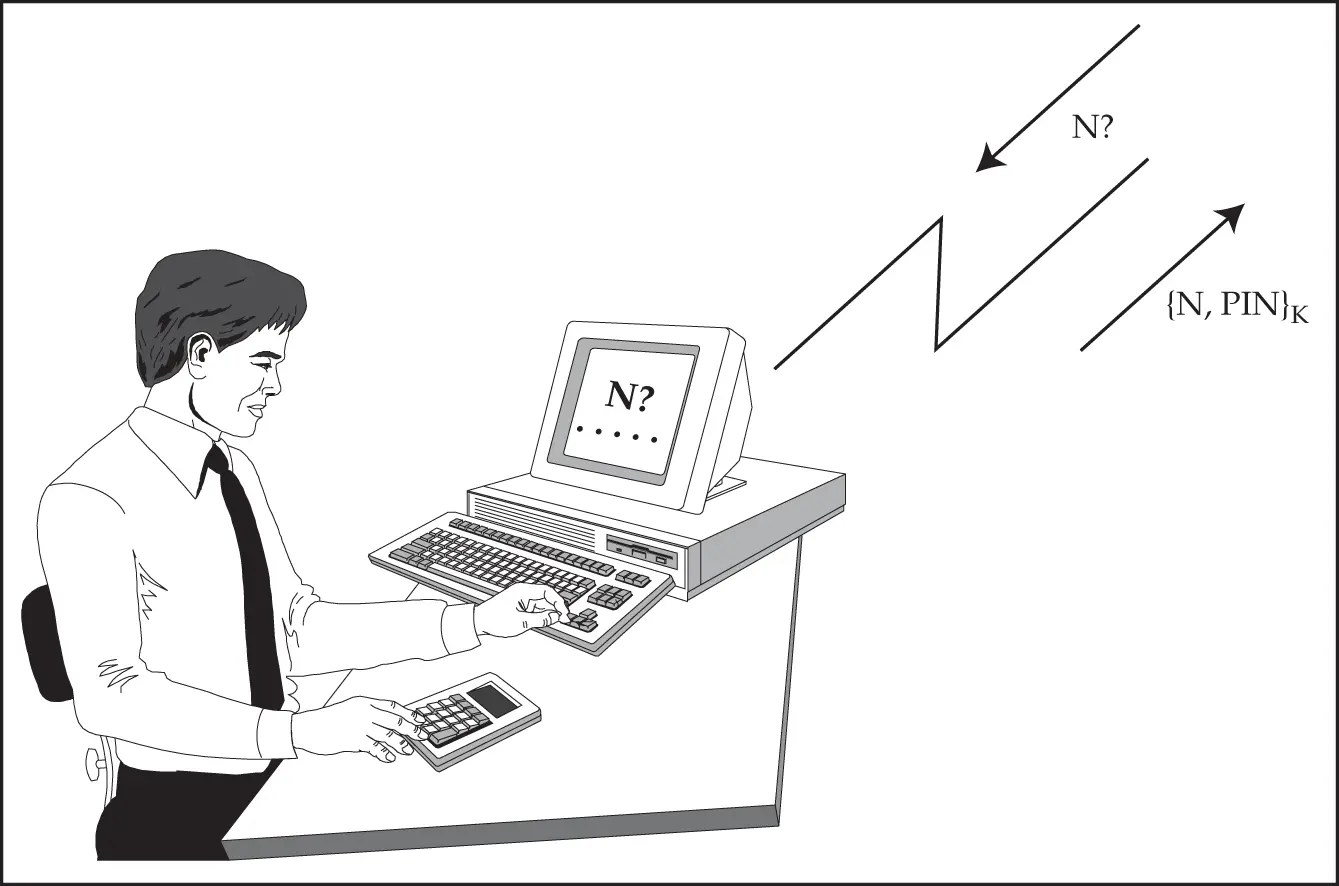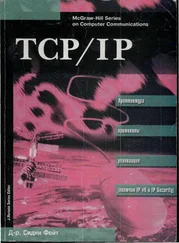However crypto by itself can't fix relay attacks; the proper fix is a new radio protocol based on ultrawideband (UWB) with intrinsic ranging, which measures the distance from the key fob to the car with a precision of 10cm up to a range of 150m. This is fairly complex to do properly, and the design of the new 802.15.4z Enhanced Impulse Radio is described by Srdjan Capkun and colleagues [1768]; the first chip became available in 2019, and it will ship in cars from 2020. Such chips have the potential to replace both the Bluetooth and NFC protocols, but they might not all be compatible; there's a low-rate pulse (LRP) mode that has an open design, and a high-rate pulse (HRP) variant that's partly proprietary. Were I advising a car startup, LRP would be my starting point.
Locks are not the only application of challenge-response protocols. In HTTP Digest Authentication, a web server challenges a client or proxy, with whom it shares a password, by sending it a nonce. The response consists of the hash of the nonce, the password, and the requested URI [715]. This provides a mechanism that's not vulnerable to password snooping. It's used, for example, to authenticate clients and servers in SIP, the protocol for Voice-Over-IP (VOIP) telephony. It's much better than sending a password in the clear, but like keyless entry it suffers from middleperson attacks (the beneficiaries seem to be mostly intelligence agencies).
4.3.2 Two-factor authentication
The most visible use of challenge-response is probably in two-factor authentication . Many organizations issue their staff with password generators to let them log on to corporate computer systems, and many banks give similar devices to customers. They may look like little calculators (and some even work as such) but their main function is as follows. When you want to log in, you are presented with a random nonce of maybe seven digits. You key this into your password generator, together with a PIN of maybe four digits. The device encrypts these eleven digits using a secret key shared with the corporate security server, and displays the first seven digits of the result. You enter these seven digits as your password. This protocol is illustrated in Figure 4.1. If you had a password generator with the right secret key, and you entered the PIN right, and you typed in the result correctly, then you get in.
Formally, with  for the server,
for the server,  for the password generator,
for the password generator,  for the user's Personal Identification Number,
for the user's Personal Identification Number,  for the user and
for the user and  for the nonce:
for the nonce:
These devices appeared from the early 1980s and caught on first with phone companies, then in the 1990s with banks for use by staff. There are simplified versions that don't have a keyboard, but just generate new access codes by encrypting a counter or a clock. And they work; the US Defense Department announced in 2007 that an authentication system based on the DoD Common Access Card had cut network intrusions by 46% in the previous year [321].
This was just when crooks started phishing bank customers at scale, so many banks adopted the technology. One of my banks gives me a small calculator that generates a new code for each logon, and also allows me to authenticate new payees by using the last four digits of their account number in place of the challenge. My other bank uses the Chip Authentication Program (CAP), a calculator in which I can insert my bank card to do the crypto.

Figure 4.1 : Password generator use
But this still isn't foolproof. In the second edition of this book, I noted ‘someone who takes your bank card from you at knifepoint can now verify that you've told them the right PIN’, and this now happens. I also noted that ‘once lots of banks use one-time passwords, the phishermen will just rewrite their scripts to do real-time man-in-the-middle attacks’ and this has also become widespread. To see how such attacks work, let's look at a military example.
4.3.3 The MIG-in-the-middle attack
The first use of challenge-response authentication protocols was probably in the military, with ‘identify-friend-or-foe’ (IFF) systems. The ever-increasing speeds of warplanes in the 1930s and 1940s, together with the invention of the jet engine, radar and rocketry, made it ever more difficult for air defence forces to tell their own craft apart from the enemy's. This led to a risk of pilots shooting down their colleagues by mistake and drove the development of automatic systems to prevent this. These were first fielded in World War II, and enabled an airplane illuminated by radar to broadcast an identifying number to signal friendly intent. In 1952, this system was adopted to identify civil aircraft to air traffic controllers and, worried about the loss of security once it became widely used, the US Air Force started a research program to incorporate cryptographic protection in the system. Nowadays, the typical air defense system sends random challenges with its radar signals, and friendly aircraft can identify themselves with correct responses.
It's tricky to design a good IFF system. One of the problems is illustrated by the following story, which I heard from an officer in the South African Air Force (SAAF). After it was published in the first edition of this book, the story was disputed – as I'll discuss below. Be that as it may, similar games have been played with other electronic warfare systems since World War 2. The ‘MIG-in-the-middle’ story has since become part of the folklore, and it nicely illustrates how attacks can be carried out in real time on challenge-response protocols.
In the late 1980's, South African troops were fighting a war in northern Namibia and southern Angola. Their goals were to keep Namibia under white rule, and impose a client government (UNITA) on Angola. Because the South African Defence Force consisted largely of conscripts from a small white population, it was important to limit casualties, so most South African soldiers remained in Namibia on policing duties while the fighting to the north was done by UNITA troops. The role of the SAAF was twofold: to provide tactical support to UNITA by bombing targets in Angola, and to ensure that the Angolans and their Cuban allies did not return the compliment in Namibia.
Читать дальше

 for the server,
for the server,  for the password generator,
for the password generator,  for the user's Personal Identification Number,
for the user's Personal Identification Number,  for the user and
for the user and  for the nonce:
for the nonce:


















